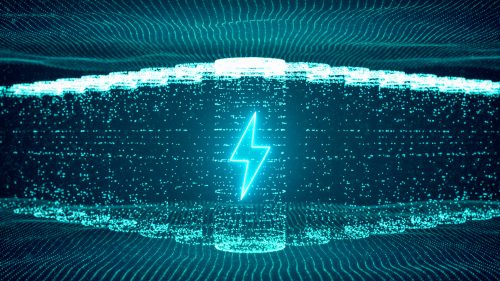The mainstream process from coke to graphite is divided into four major steps and several smaller steps. The four major steps are crushing-granulation-graphitization-screening and demagnetization. Among the four major processes of artificial graphite, crushing and screening are relatively simple, while granulation and graphitization are more complex. High-end artificial graphite requires more processes, such as secondary granulation, carbonization coating, secondary coating, doping modification, etc.
The secondary granulation process is to crush the aggregate to obtain a small particle base material, use asphalt as a binder, and perform secondary granulation in a reactor according to the target particle size. After subsequent graphitization and other processes, the finished product is obtained Secondary granulation of negative electrode materials. The secondary granulation process for single-grain negative electrodes can enrich the number of channels for Li+ to be embedded and detached in the crystal lattice, further improving the rate performance and low-temperature performance of the negative electrode material.
During the granulation process, the size, distribution, and morphology of graphite particles have a great impact on the performance indicators of the negative electrode. Companies need to balance the advantages of small particles in rate performance and cycle life and the disadvantages in first efficiency and compaction density, and at the same time weigh The morphology of the particles affects the rate and low-temperature performance, taking into account expansion performance and energy density. The mixed powder is put into the honeycomb grinding chamber, and the temperature is raised (about several hundred degrees) so that the asphalt is coated on the surface of the coke particles, and the volatile matter evaporates at high temperature. Granulation equipment generally uses honeycomb mills for preparation. Honeycomb mills are specially designed for the production of ultra-fine powders with strict particle size requirements. They advocate depolymerization first, then drying, and simultaneous surface treatment. Under normal conditions, more than two coating media can be applied at the same time, and the modifier is vaporized at the same time to form a single particle coating material to be more uniform.


